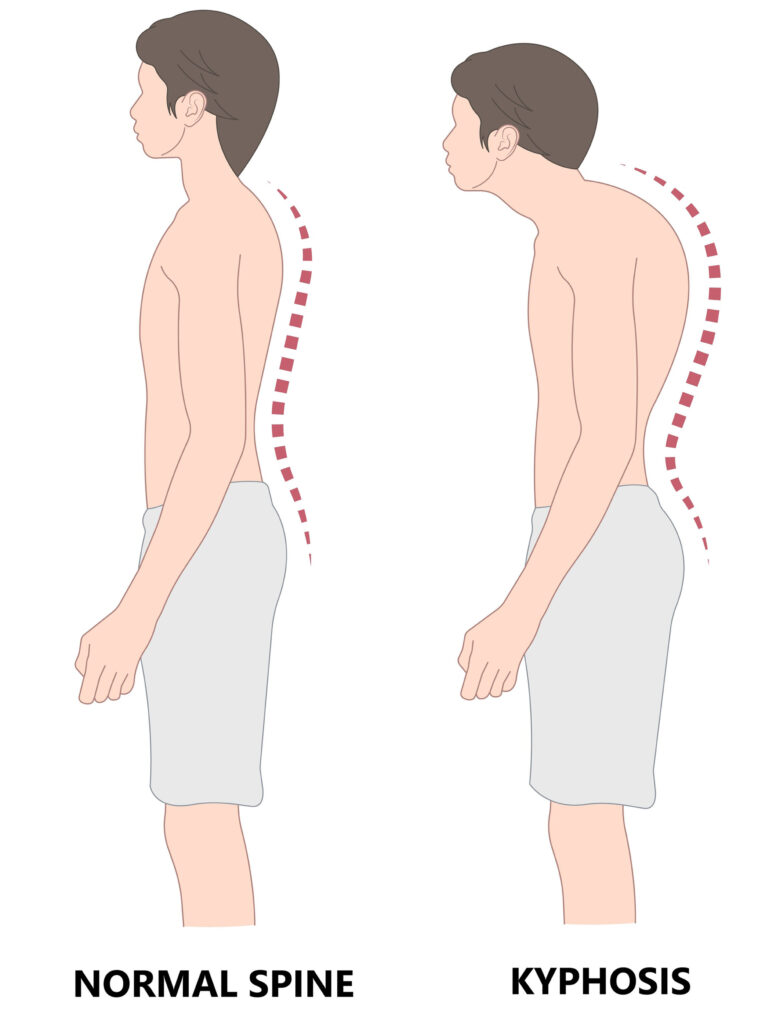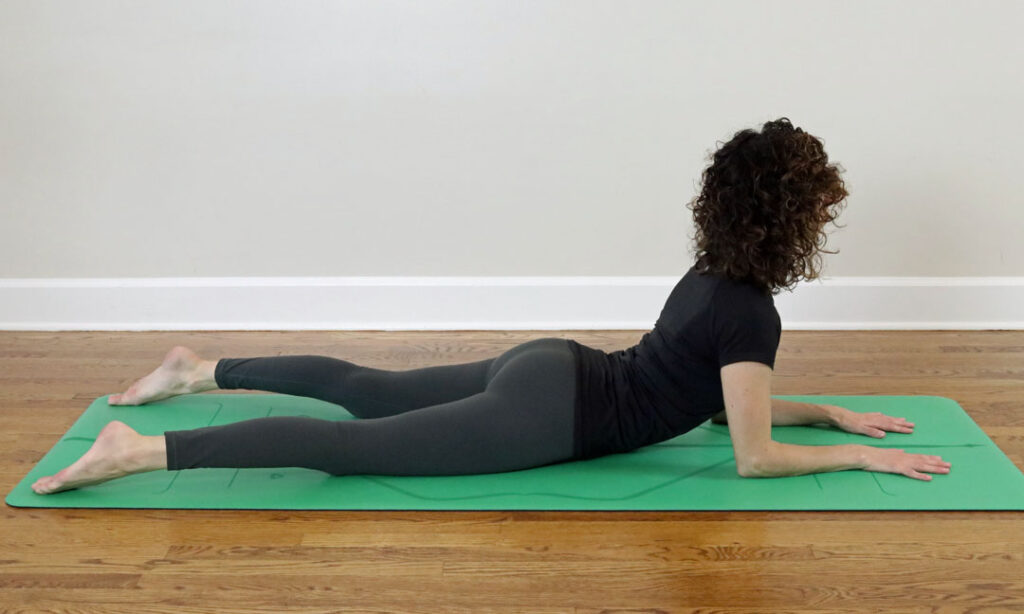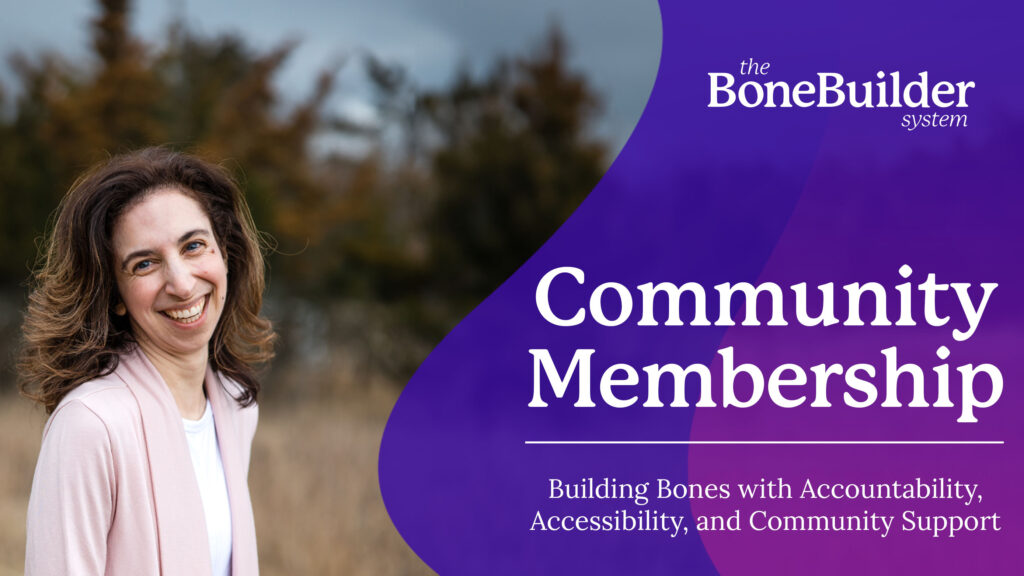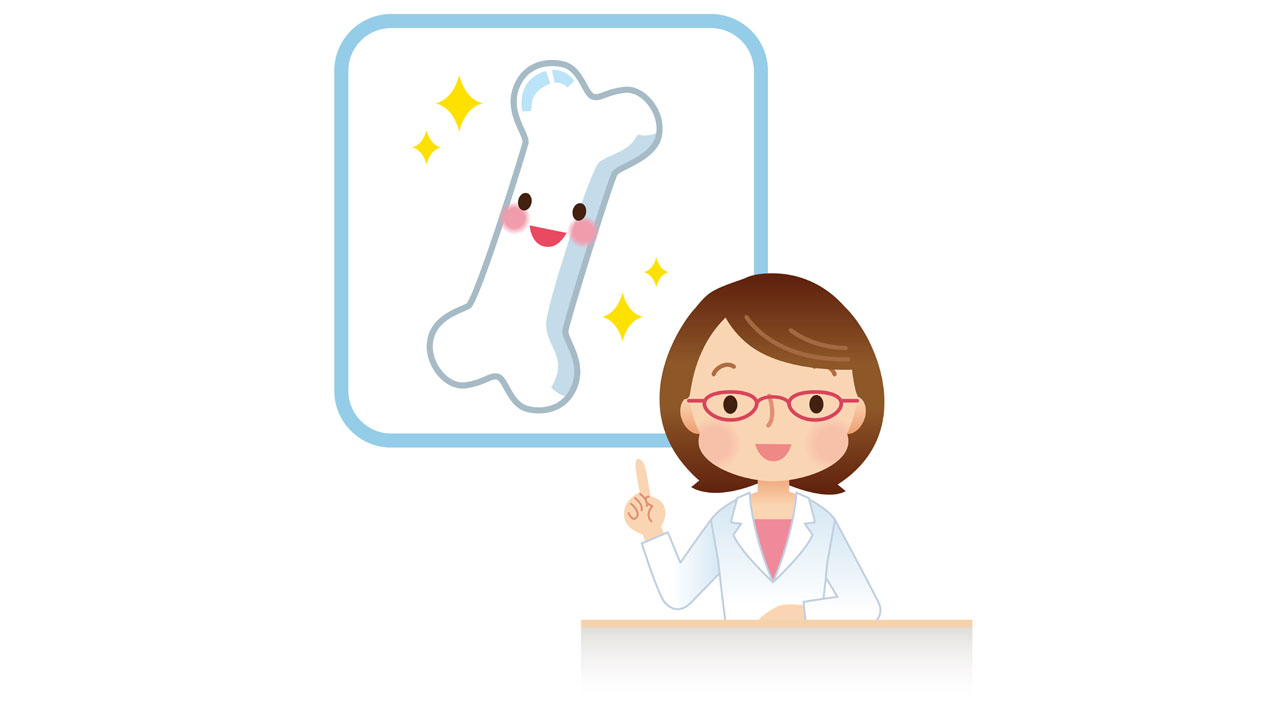What is Hyperkyphosis?
Hyperkyphosis is an exaggerated curve in the thoracic spine or upper back. Sometimes hyperkyphosis is also referred to as a Dowager’s hump. The medical community used to attribute hyperkyphosis to osteoporosis. It was believed that repeated vertebral compression fractures led to having hyperkyphosis.
While it is true that repeated compression fractures can lead to developing hyperkyphosis, a 2004 research study, Kyphosis does not equal vertebral fractures: The Rancho Bernardo study, found that many cases of kyphosis are caused by degenerative discs with no evidence of osteoporosis. What is interesting is that those individuals with hyperkyphosis also had increased health risks similar to those who had osteoporosis. Another study found that 18% of people with hyperkyphotic posture reported having fractures at the spine, hip, and wrist even without having low bone mineral density. This means that having hyperkyphosis is a risk factor for fractures independent of bone density.

Having hyperkyphotic posture affects mobility and balance. Poor balance and mobility increase the risk of having a fall and potential fracture.
Another potential health complication of hyperkyphosis is having reduced lung capacity. According to the Framingham study “Hyperkyphosis reduces the amount of space in the chest, mobility of the rib cage, and expansion of the lungs.” This means that hyperkyphosis can potentially affect how well a person can breath and how much oxygen is able to get into the bloodstream. This affects a person’s quality of life.
What Can You Do to Reduce Hyperkyphosis?
At this point if you or someone you know has hyperkyphosis, either with or without osteoporosis, you may be wondering what can be done to improve things. The good news is that “a combination of breathing and thoracic muscle strengthening exercises improves respiratory function.”

You can do exercises to open the thoracic or middle section of your spine through both lateral motion, which means moving from side to side, and from extension and small backbends such as locust and cobra. If you are thinking that you can’t do these exercises down on the floor… then try them out laying down on your bed. You can strengthen your back without agitating your knees. ❤️
If you would like to work on strengthening your postural muscles and opening up through the thoracic section of your spine to improve existing kyphosis or to prevent it from developing in the first place, then please consider signing up for my monthly membership.
In this membership we work on improving posture, building strength, and improving balance to create a bone building lifestyle, all from the comfort of your home. I would love to work with you! Click here to learn more about The Bone Builder Community Membership.




